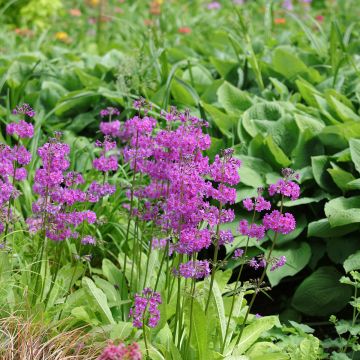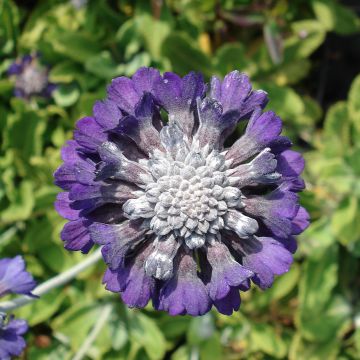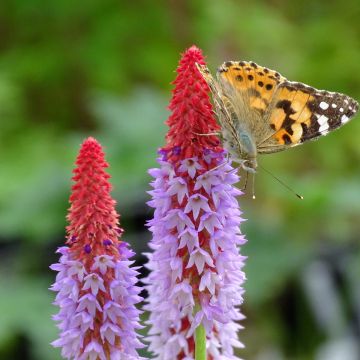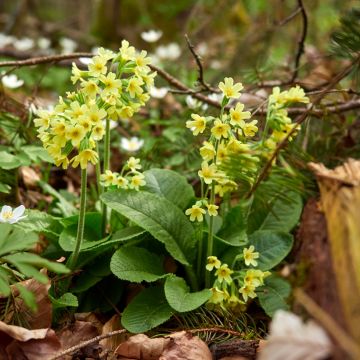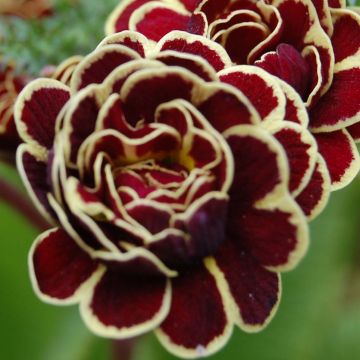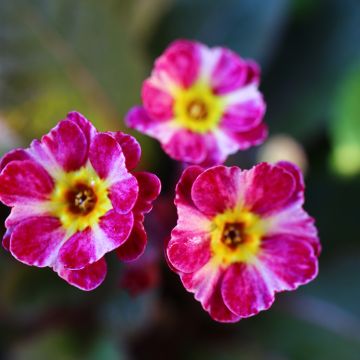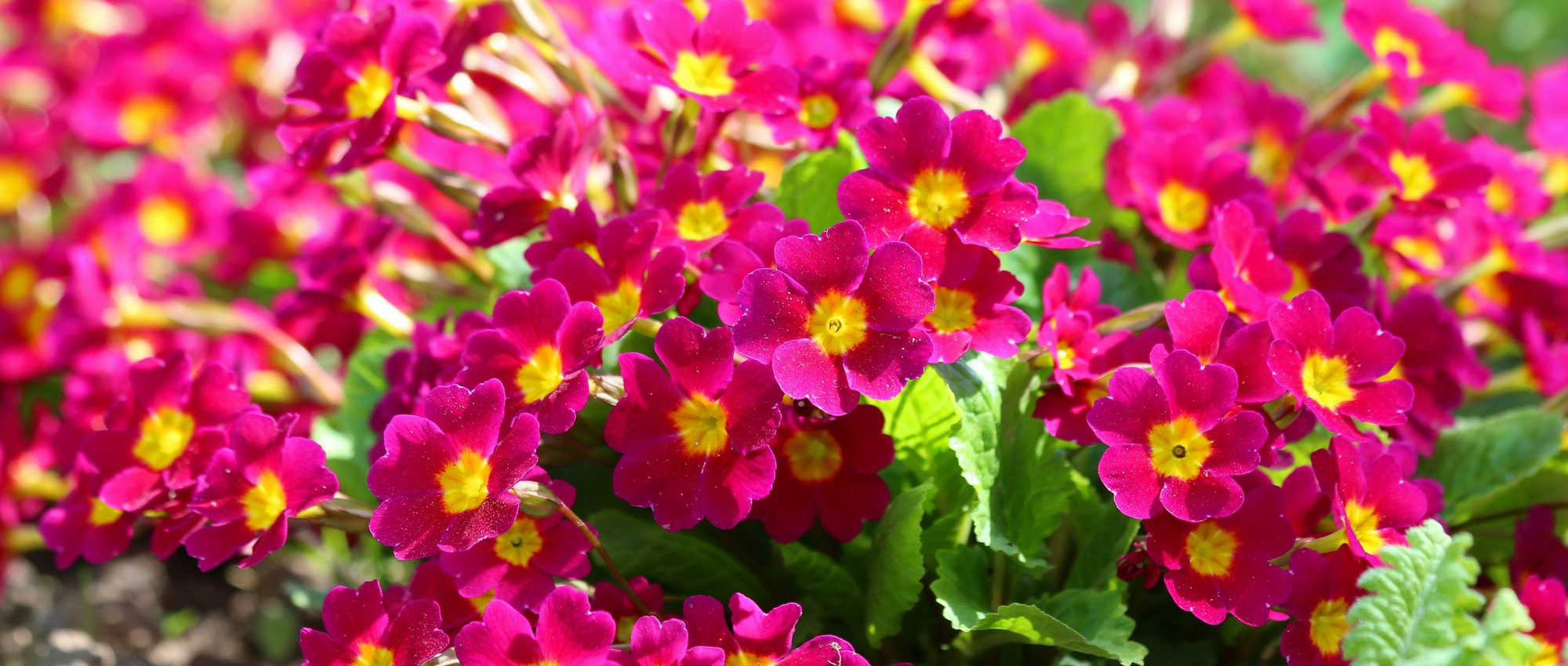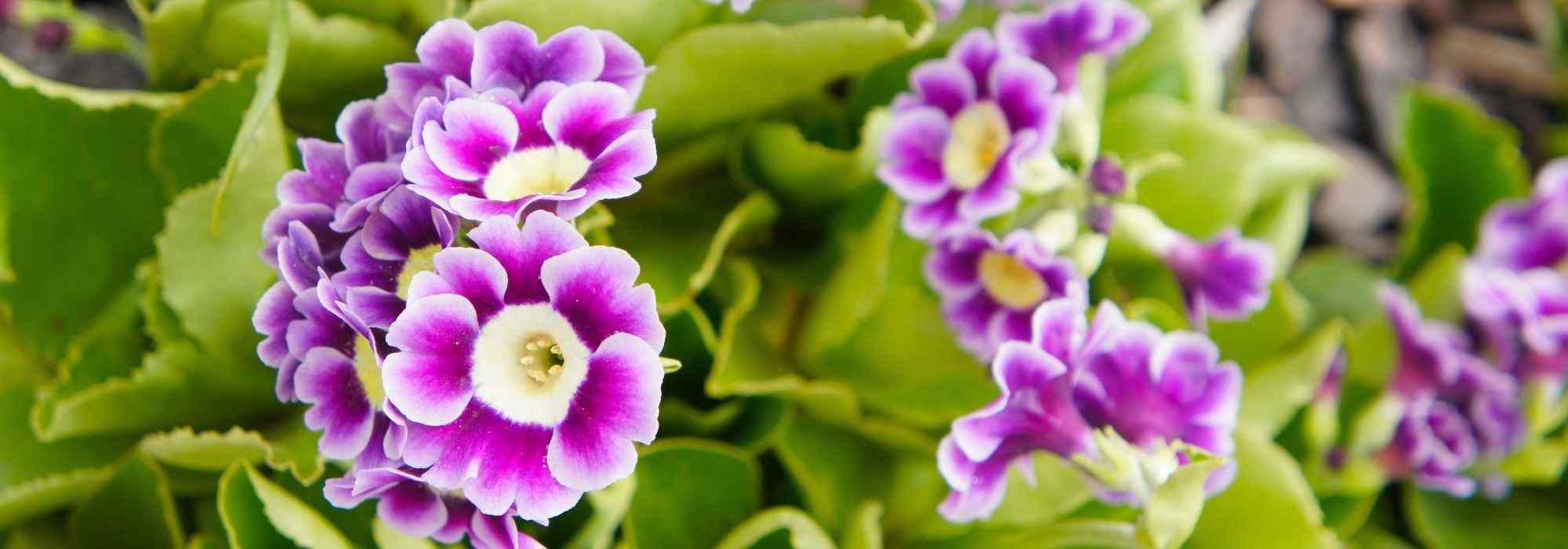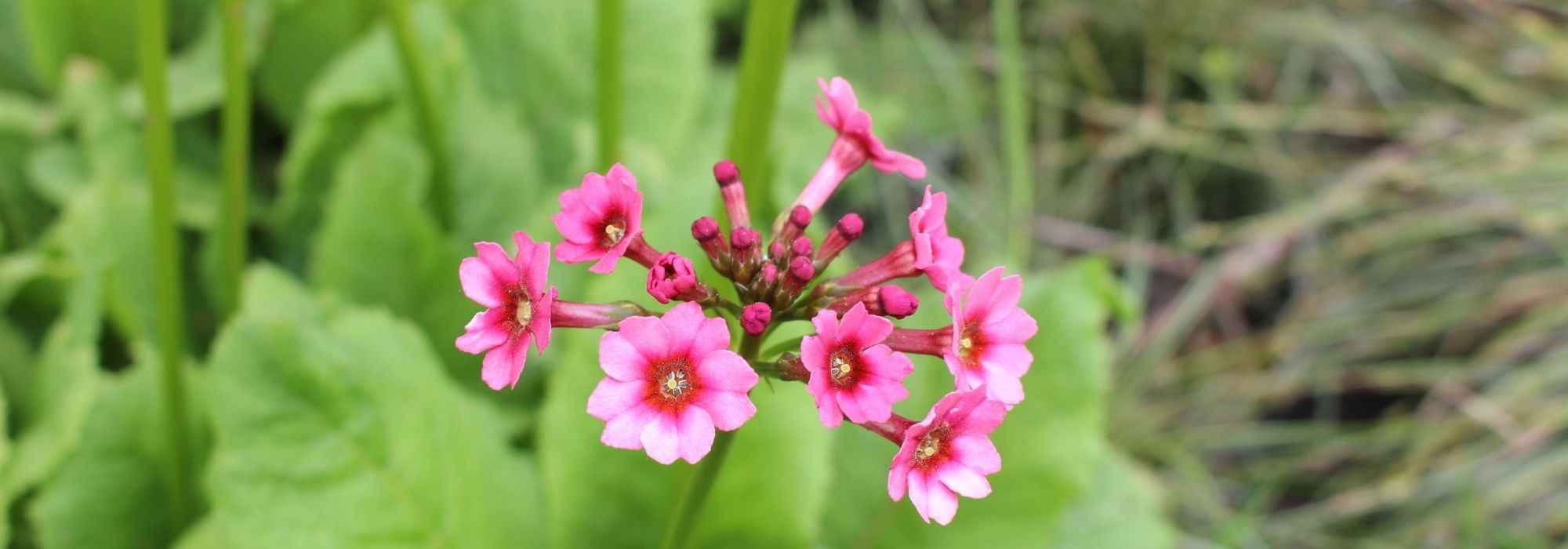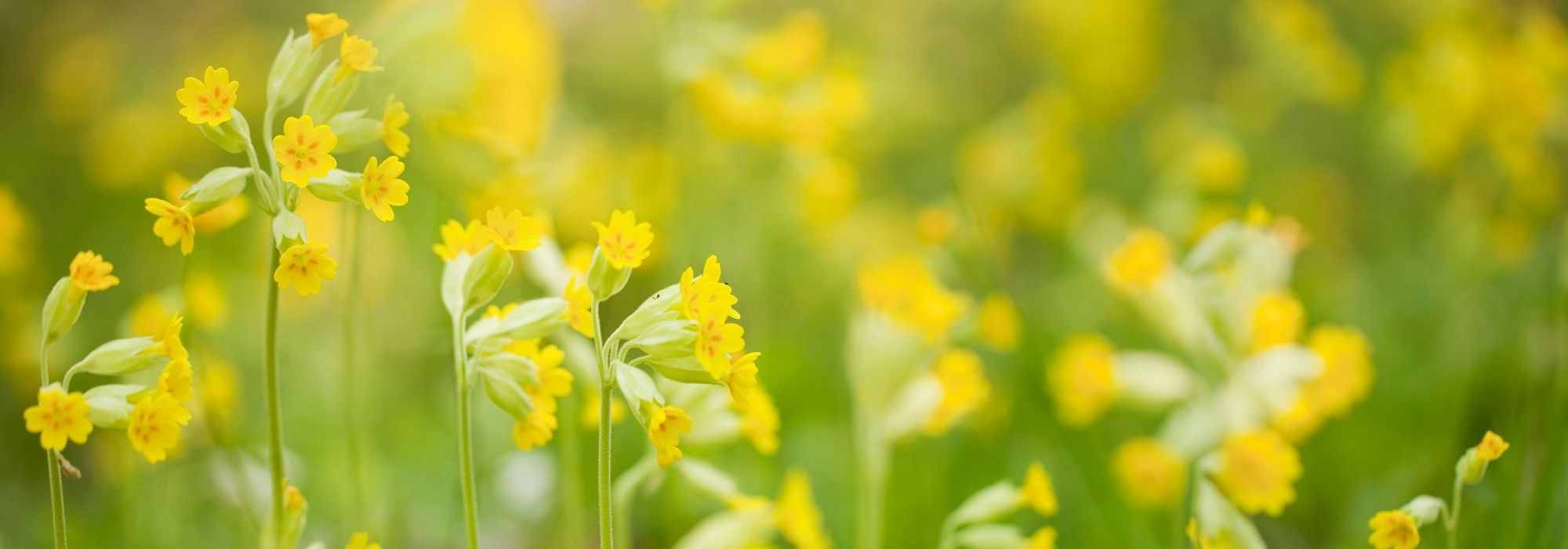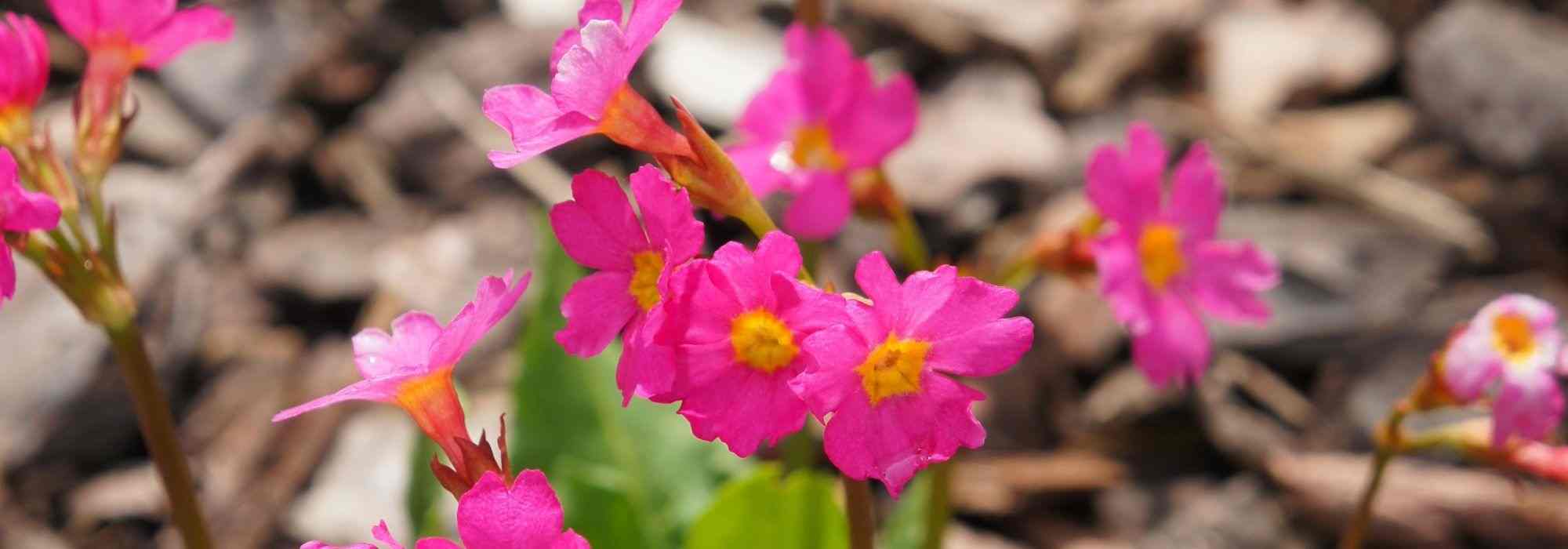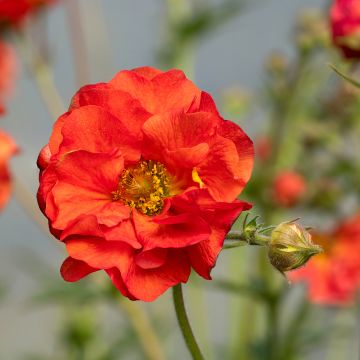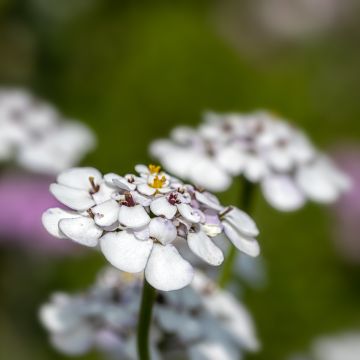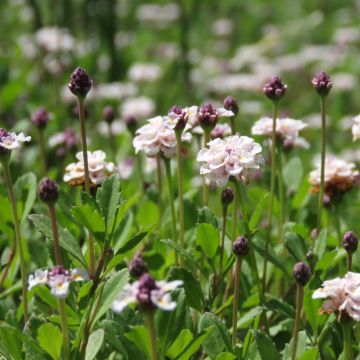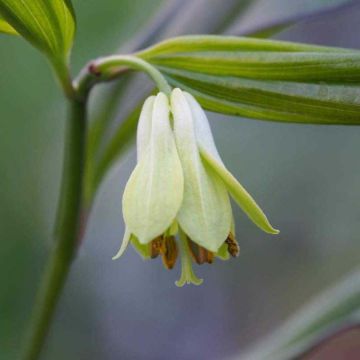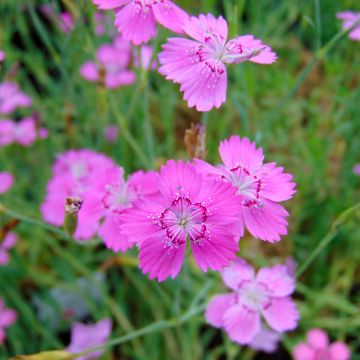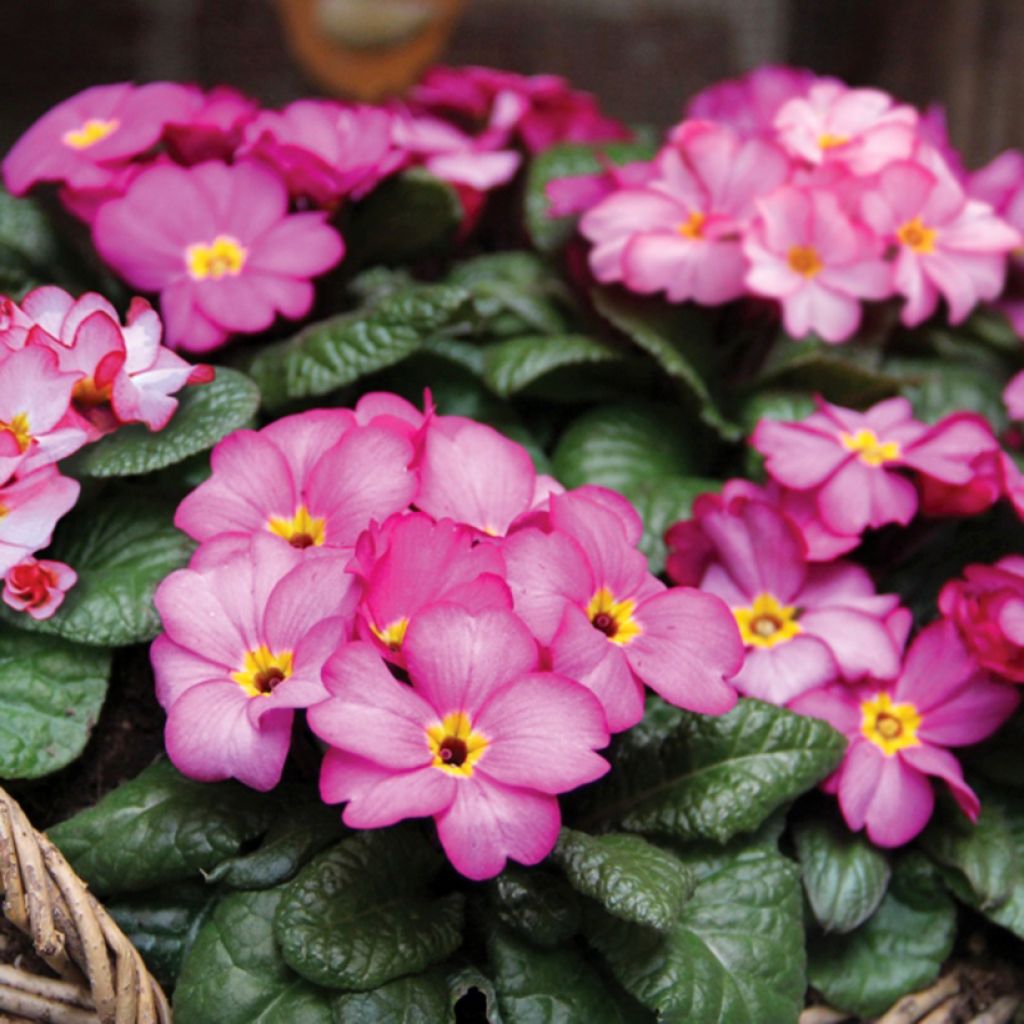

Primula Tinkerbell - English Primrose
Primula Tinkerbell - English Primrose
Primula vulgaris Tinkerbells
Primrose, English Primrose, Common Primrose
Special offer!
Receive a €20 voucher for any order over €90 (excluding delivery costs, credit notes, and plastic-free options)!
1- Add your favorite plants to your cart.
2- Once you have reached €90, confirm your order (you can even choose the delivery date!).
3- As soon as your order is shipped, you will receive an email containing your voucher code, valid for 3 months (90 days).
Your voucher is unique and can only be used once, for any order with a minimum value of €20, excluding delivery costs.
Can be combined with other current offers, non-divisible and non-refundable.
Home or relay delivery (depending on size and destination)
Schedule delivery date,
and select date in basket
This plant carries a 12 months recovery warranty
More information
We guarantee the quality of our plants for a full growing cycle, and will replace at our expense any plant that fails to recover under normal climatic and planting conditions.
Would this plant suit my garden?
Set up your Plantfit profile →
Description
The 'Tinkerbell' Primrose, known by its Latin name Primula acaulis is a delightful variety with delicate pink flowers. From the end of winter, it unfolds well-opened flowers in a bright pink colour, beautifully bordered by a darker pink around a small bright yellow heart. The plant is not very tall and forms a rosette of dark green oval foliage. Plant it at the edge of a flower bed, along a pathway, or in a planter on the balcony, ideally in partial shade, in a soil that retains moisture.
The 'Tinkerbell' Primula is a herbaceous perennial plant from the primrose family, derived from Primula vulgaris or Primula acaulis that can be found in meadows and woodland. It is a floriferous plant that forms a beautiful clump of lush foliage in a few months, reaching a height of 15 to 20 cm and a width of 20 to 30 cm. It develops evergreen rosettes of spatulate, wavy and veined leaves, in a rich and dark green colour. 'Tinkerbells' produces well-opened flowers, just above the foliage, starting from February.
The 'Tinkerbell' primrose is easy to grow and brings a touch of colour even during the greyest winters, heralding the arrival of spring. It can be placed in flower bed borders, in the shade of shrubs, or in planters on a balcony. This variety harmoniously blends with other early primroses, as well as with violets and late winter bulbs such as crocuses, snowdrops, and daffodils. Its edible leaves and flowers offer possibilities for culinary use, whether raw or cooked.
Benefits: they are the same as those of the common primrose and the cowslip: the flowers have soothing and calming properties, they are used in expectorant preparations. The leaves help prevent bruising, and the entire plant (especially the root) has analgesic, antispasmodic, diuretic, and expectorant properties.
Flowering
Foliage
Plant habit
Botanical data
Primula
vulgaris
Tinkerbells
Primulaceae
Primrose, English Primrose, Common Primrose
Primula vulgaris Tinkerbells
Cultivar or hybrid
Other Primula - Primroses
View all →Planting and care
Tinkerbell primroses can be planted in pots and containers or directly in the ground in finely prepared, enriched soil. Plant them if possible upon receipt, in September-October or in March-April. If the intended location is not yet ready or if conditions are unfavourable for planting, you can let them grow on in pots for 4 to 6 weeks.
In pots and containers, use a good potting soil for flowering plants (such as geranium potting soil) enriched with clay and slow-release fertiliser, lightweight and well-draining. The top of the root ball should be level with the soil. Water generously at planting and in the following weeks, as plug plants can dry out quickly. However, be careful with excess water! Make sure to use containers with drainage holes and empty the saucer 10 minutes after watering. Remember to water even during winter if it doesn't rain or if the container is placed in a spot sheltered from precipitation. Do not water during freezing periods.
Highly floriferous and fast-growing, primroses are nutrient-demanding plants. As soon as growth resumes, in late February or early March, and throughout the flowering period, apply a liquid fertiliser for flowering plants containing iron and trace elements 1 to 2 times a week with the watering. Remove faded flowers to promote new blooms. Once flowering is over, potted plants can be replanted in the garden in partial shade.
Planting period
Intended location
Care
Planting & care advice
This item has not been reviewed yet - be the first to leave a review about it.
Similar products
Haven't found what you were looking for?
Hardiness is the lowest winter temperature a plant can endure without suffering serious damage or even dying. However, hardiness is affected by location (a sheltered area, such as a patio), protection (winter cover) and soil type (hardiness is improved by well-drained soil).

Photo Sharing Terms & Conditions
In order to encourage gardeners to interact and share their experiences, Promesse de fleurs offers various media enabling content to be uploaded onto its Site - in particular via the ‘Photo sharing’ module.
The User agrees to refrain from:
- Posting any content that is illegal, prejudicial, insulting, racist, inciteful to hatred, revisionist, contrary to public decency, that infringes on privacy or on the privacy rights of third parties, in particular the publicity rights of persons and goods, intellectual property rights, or the right to privacy.
- Submitting content on behalf of a third party;
- Impersonate the identity of a third party and/or publish any personal information about a third party;
In general, the User undertakes to refrain from any unethical behaviour.
All Content (in particular text, comments, files, images, photos, videos, creative works, etc.), which may be subject to property or intellectual property rights, image or other private rights, shall remain the property of the User, subject to the limited rights granted by the terms of the licence granted by Promesse de fleurs as stated below. Users are at liberty to publish or not to publish such Content on the Site, notably via the ‘Photo Sharing’ facility, and accept that this Content shall be made public and freely accessible, notably on the Internet.
Users further acknowledge, undertake to have ,and guarantee that they hold all necessary rights and permissions to publish such material on the Site, in particular with regard to the legislation in force pertaining to any privacy, property, intellectual property, image, or contractual rights, or rights of any other nature. By publishing such Content on the Site, Users acknowledge accepting full liability as publishers of the Content within the meaning of the law, and grant Promesse de fleurs, free of charge, an inclusive, worldwide licence for the said Content for the entire duration of its publication, including all reproduction, representation, up/downloading, displaying, performing, transmission, and storage rights.
Users also grant permission for their name to be linked to the Content and accept that this link may not always be made available.
By engaging in posting material, Users consent to their Content becoming automatically accessible on the Internet, in particular on other sites and/or blogs and/or web pages of the Promesse de fleurs site, including in particular social pages and the Promesse de fleurs catalogue.
Users may secure the removal of entrusted content free of charge by issuing a simple request via our contact form.
The flowering period indicated on our website applies to countries and regions located in USDA zone 8 (France, the United Kingdom, Ireland, the Netherlands, etc.)
It will vary according to where you live:
- In zones 9 to 10 (Italy, Spain, Greece, etc.), flowering will occur about 2 to 4 weeks earlier.
- In zones 6 to 7 (Germany, Poland, Slovenia, and lower mountainous regions), flowering will be delayed by 2 to 3 weeks.
- In zone 5 (Central Europe, Scandinavia), blooming will be delayed by 3 to 5 weeks.
In temperate climates, pruning of spring-flowering shrubs (forsythia, spireas, etc.) should be done just after flowering.
Pruning of summer-flowering shrubs (Indian Lilac, Perovskia, etc.) can be done in winter or spring.
In cold regions as well as with frost-sensitive plants, avoid pruning too early when severe frosts may still occur.
The planting period indicated on our website applies to countries and regions located in USDA zone 8 (France, United Kingdom, Ireland, Netherlands).
It will vary according to where you live:
- In Mediterranean zones (Marseille, Madrid, Milan, etc.), autumn and winter are the best planting periods.
- In continental zones (Strasbourg, Munich, Vienna, etc.), delay planting by 2 to 3 weeks in spring and bring it forward by 2 to 4 weeks in autumn.
- In mountainous regions (the Alps, Pyrenees, Carpathians, etc.), it is best to plant in late spring (May-June) or late summer (August-September).
The harvesting period indicated on our website applies to countries and regions in USDA zone 8 (France, England, Ireland, the Netherlands).
In colder areas (Scandinavia, Poland, Austria...) fruit and vegetable harvests are likely to be delayed by 3-4 weeks.
In warmer areas (Italy, Spain, Greece, etc.), harvesting will probably take place earlier, depending on weather conditions.
The sowing periods indicated on our website apply to countries and regions within USDA Zone 8 (France, UK, Ireland, Netherlands).
In colder areas (Scandinavia, Poland, Austria...), delay any outdoor sowing by 3-4 weeks, or sow under glass.
In warmer climes (Italy, Spain, Greece, etc.), bring outdoor sowing forward by a few weeks.
































